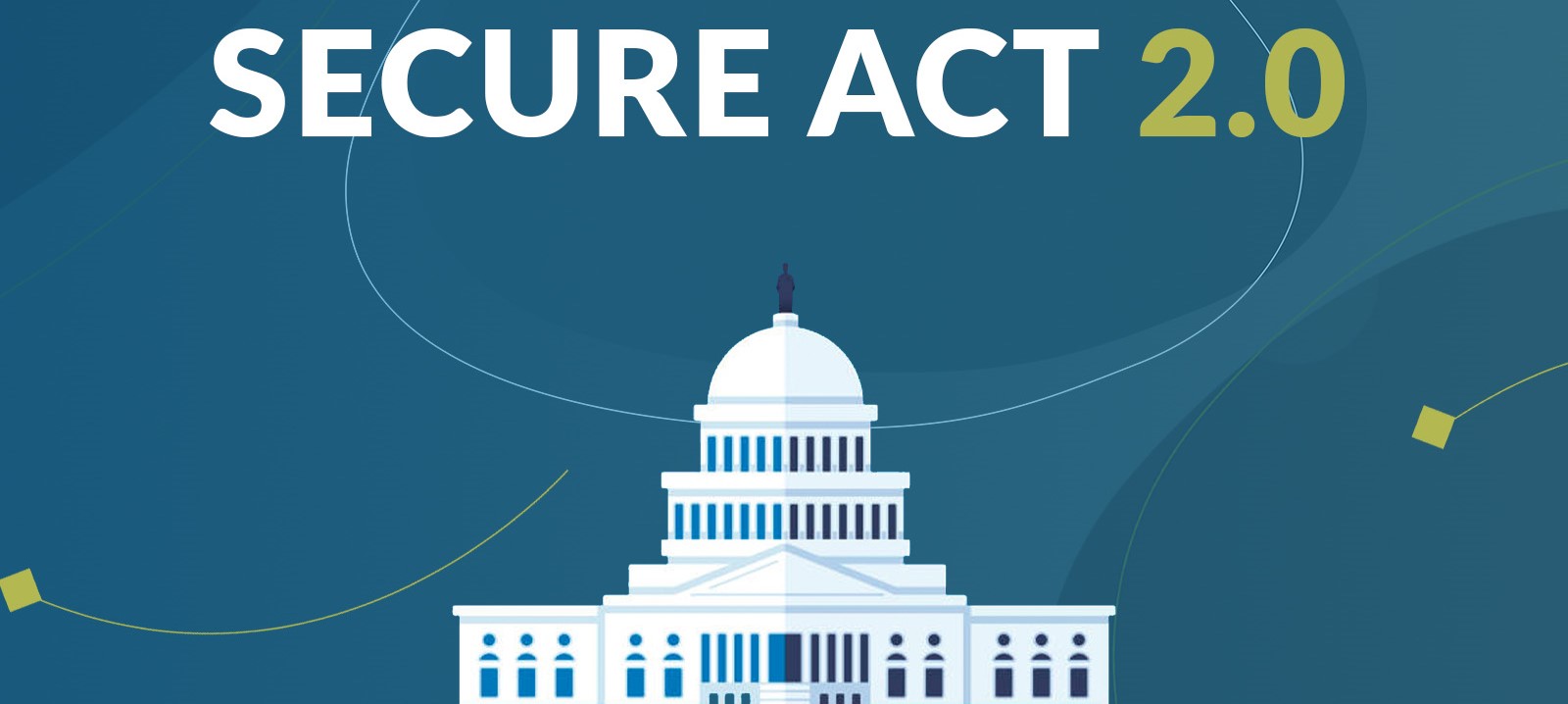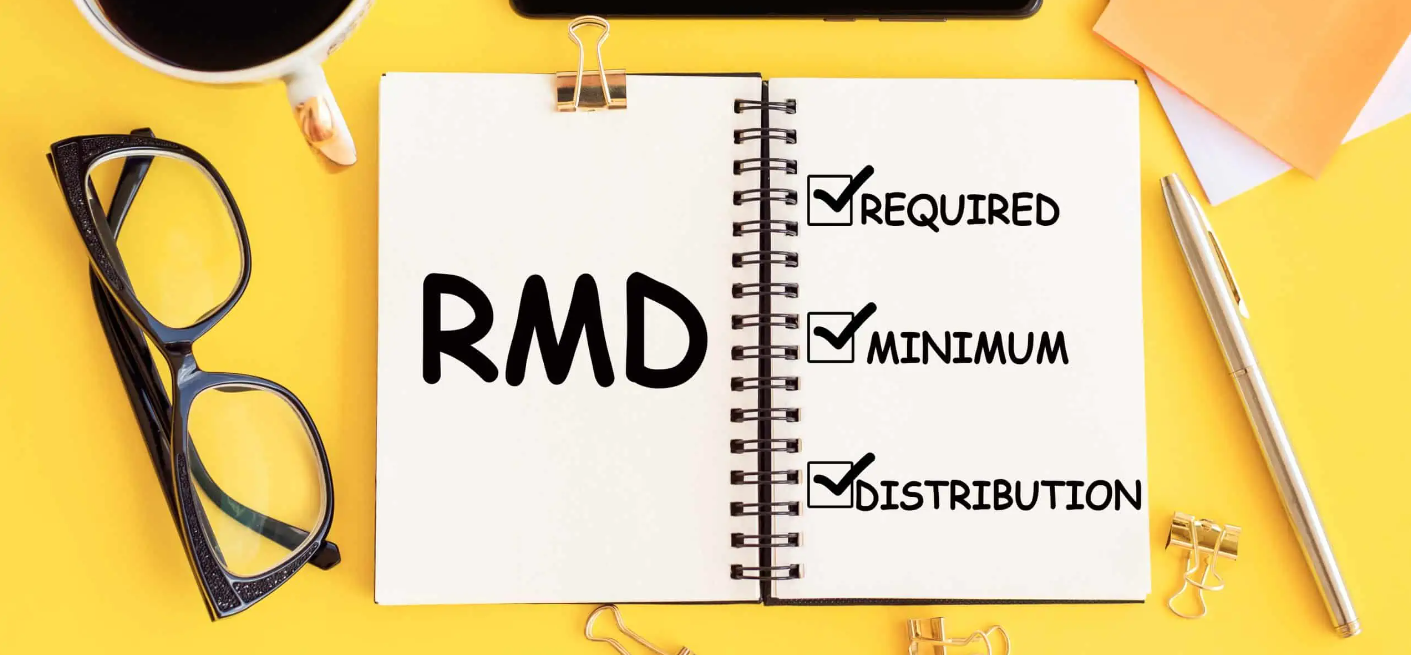The SECURE Act changed the game for inherited IRAs. For most beneficiaries, the stretch IRA is gone and has been replaced by the 10-year payout rule. However, the SECURE Act carved out some rules for special needs trusts for disabled or chronically ill beneficiaries that allow the stretch to continue for these beneficiaries.
AMBT
Under the SECURE Act, the ability to use the stretch for chronically ill or disabled beneficiaries is available only to an applicable multi-beneficiary trust (AMBT). The SECURE Act said that an AMBT could have other beneficiaries besides the disabled or chronically ill beneficiary. The other beneficiaries did not have to be “eligible designated beneficiaries,” but they did have to be designated beneficiaries (i.e., individuals).
Designated Beneficiary
A charity does not qualify as a designated beneficiary, so naming a charity would have ended the ability to use the stretch for payments from the inherited IRA to the trust. Instead, the trust would have been required to use the remaining single life expectancy of the IRA owner or the five-year rule, depending on when the IRA owner died.
Designated Beneficiary of an AMBT
SECURE 2.0 changes these rules for AMBTs. Under the new law, a qualified charity (under the regular IRS rules) will count as a designated beneficiary of an AMBT and allow a stretch payment from the inherited IRA to the trust using the special needs beneficiary’s life expectancy. This change is effective immediately.
Example:
Stephan names a special needs AMBT for the benefit of his disabled son, Malik, as the beneficiary of his IRA. After Malik’s death, any remaining funds from the IRA are to be paid to a local charity. After Stephan’s death, distribution can now be paid from the inherited IRA to the AMBT over Malik’s life expectancy.
This change is good news for special needs beneficiaries with AMBTs. It is not uncommon for those setting up such trusts to have charitable intents. Now under SECURE 2.0, being charitable won’t have the unintended consequence of limiting favorable distribution options for vulnerable beneficiaries.
By Sarah Brenner, JD
Director of Retirement Education











